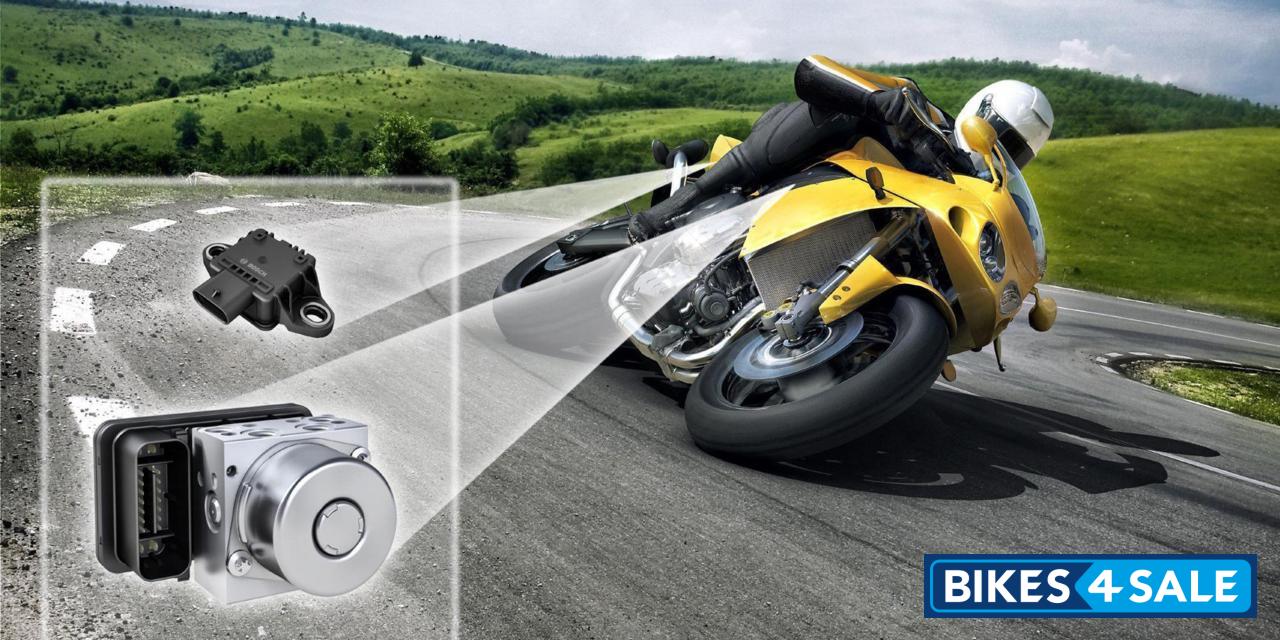Know the market value of your used bike
KMs Run
Electronic Stability Control or the ESC is usually found in modern aged cars. However, this system is also employed in some of the high-performance bikes of recent times. The ESC is also known as Dynamic Stability Control (DSC), which works with the help of other safety features like ABS and traction control. It works by improving the stability of the vehicle by reducing the loss of traction in emergency situations with computer assistance.

ESC works with the help of computer assistance, which can be called as an ECU. The ESC works by monitoring the vehicle direction and steering of the vehicle. It came into action, whenever the rider loses the steering control. For example, when the vehicle skids on a poorly judged slippery road or on a sharp bend, ESC intervenes and makes controlled drifting. The ESC sensors estimate the direction of the skid and engage individual wheel braking to create torque about the vehicle's vertical axis and oppose the skid. This could help the ESC to bring back the vehicle in driver's command without any mishaps. The sensors attached to the ESC could identify and correct the skidding much faster and more effectively than an expert driver. Moreover, it can also bring down the engine power to slow down the vehicle to more convenient speed.

In some models, ESC can be also termed as Cornering ABS. With ESC on the background, one could go for all the curves with much more confidence and easiness. Moreover, one could slow the rides rapidly while taking turns without into the oncoming lanes or hitting on the guardrail in a panic situation.
Go back to Motorcycle Knowledge Base
Get the best price for your old bike. Sell your bike at the Largest Used Bike Market.
